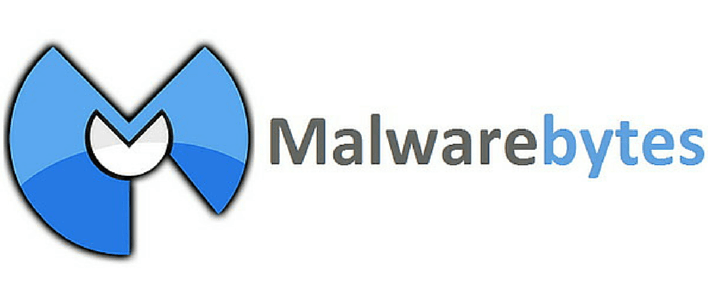
- #Malwarebytes 3.1.2 offline activation for free#
- #Malwarebytes 3.1.2 offline activation series#
- #Malwarebytes 3.1.2 offline activation windows#
#Malwarebytes 3.1.2 offline activation windows#
rdp extensions and exclude paths with strings including AppData, boot, PerfLogs, PerfBoot, Intel, Microsoft, Windows and Tor Browser.
#Malwarebytes 3.1.2 offline activation series#
BehaviorĪ typical series of actions performed Ranzy Locker ransomware is: RANZYLOCKED, but there are also some that are less helpful and add a random 6 character string. Some variants also use file extensions for the encrypted files that show Ranzy Locker was at work.
#Malwarebytes 3.1.2 offline activation for free#
You have only one way for return your files back - contact us and receive universal decryption programĭo not worry about guarantees - you can decrypt any 3 files FOR FREE as guarantee ranzyĪll files on each host in your network encrypted with strongest encryption algorithmsīackups are deleted or formatted, do not worry, we can help you restore your filesįiles can be decrypted only with private key - this key stored on our servers Your computers and server are locked now.Īll encrypted files have extension. So, how can you tell whether you have been hit by Ranzy Locker or one of the other, many, ransomware variants out there? Well, for starters you can tell from the header of the ransom note which is named readme.txt. Older, and now less frequent attack methods included malicious spam, and use of the RIG exploit kit, which was previously used to spread Princess ransomware. Recent targets reported the actors leveraged known Microsoft Exchange Server vulnerabilities and phishing as the means of compromising their networks. Where the business model is no surprise, the same can be said about the attack methods that Ranzy Locker affiliates deploy to gain initial access. According to the same FBI alert a majority of victims reported that the threat actors conducted brute force attacks targeting Remote Desktop Protocol (RDP) credentials to gain access to the victims’ networks. It also runs a leak site where data stolen from victims who refuse to pay a ransom is published. The ransomware is made available using the Ransomware-as-a-Service (RaaS) model, which allows the developers to profit from cybercriminal affiliates who deploy it against victims. The group behind Ranzy Locker is not very different in its business approach from other “big game” ransomware gangs. Ranzy Locker is a successor of ThunderX and AKO ransomware.


According to a flash alert issued by the FBI, unknown cyber criminals using Ranzy Locker ransomware had compromised more than 30 US businesses as of July 2021, including victims in the construction, academic, government, IT, and transportation sectors. Ranzy Locker ransomware emerged in late 2020, when the variant began to target victims in the United States.


 0 kommentar(er)
0 kommentar(er)
